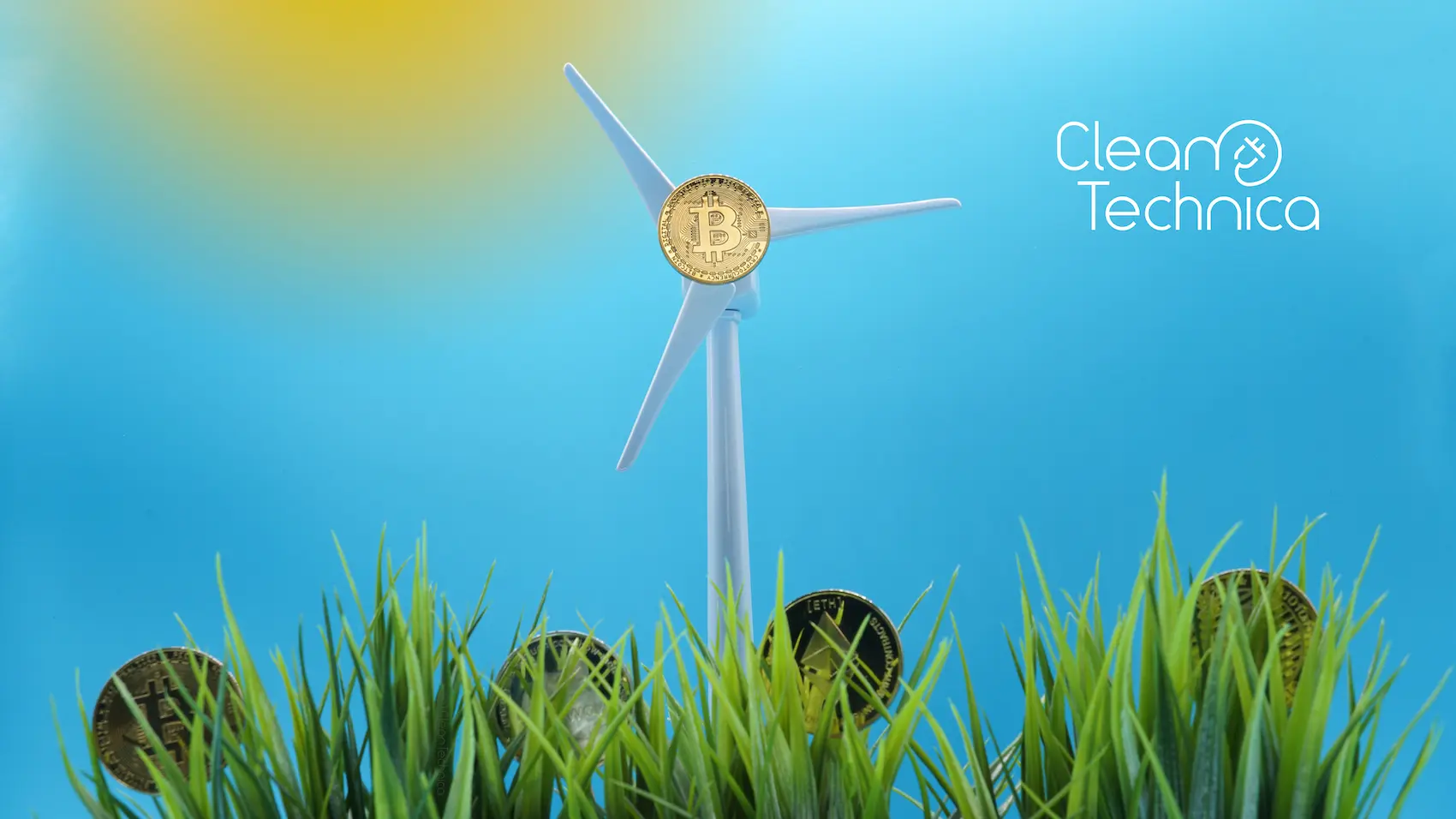Reading through Scott’s long exchange with an Extinction Rebellion activist, and especially seeing the activist repeat clear misinformation regarding wind turbines, solar panels, and electric vehicles, I got to thinking about how people end up consuming and believing such misinformation. I’ve known people of all sorts who have fallen for these myths, and I actually did so a bit myself before I worked in this business/industry (~15 years ago). But how does it actually happen?
Before I get into that, I think it’s important to make a couple of points very clearly:
- With widespread adoption of clean technologies (most notably, solar power, wind power, and electric vehicles) as well as a few other core solutions, we can stop the climate crisis.
- There is no realistic plan to stop the climate crisis that doesn’t involve widespread adoption of solar energy, wind energy, and electric vehicles. The idea that you can solve the climate crisis without solar, wind, or EVs is looney at best, or manufactured disinformation at worst.
While I think most misinformation on these clean technologies is spread by people who don’t know better, I do think it typically stems from purposeful disinformation created by special interests, most notably fossil fuel industries. So, let’s explore how this misinformation probably spreads.
-
Fossil fuel industries or companies fund “information sources.” Those could be think tanks, they could be accounts on X or Facebook, or they could be somewhere in between (they could be political consultants and messengers, politicians, YouTubers, etc.).
-
Those sources put out misleading arguments and misinformation. I hesitate to repeat some of the common misinformation, but it relates to things like the energy needed to produce wind turbines and solar panels, the capability and cost of batteries, how the grid works and what it can handle, and how good or not these technologies are for the environment.
-
Then a variety of sources — paid and unpaid — spread that misinformation/disinformation, and spread it, and spread it, and spread it. When you repeat something enough — for years, for example — it starts to sink into the cultural consciousness. People start to believe the lies, the myths, the misinformation. To some extent, the misinformation is spread by people who know better initially, but over time, it is spread more and more by people who 100% think it’s true, “useful idiots” you might say. This has happened with solar panels, wind turbines, and electric vehicles for years. It continues to lead to fear and inaction on the most important technologies for cutting air pollution and stopping climate change.
Before covering cleantech as a career, I remember seeing some of this misinformation about wind turbines. I saw it enough that I just assumed it was true. As I got into the media industry more deeply, I realized how much misinformation was spread widely and consistently, and how easily people assume things are true which are not. It became a clear mission of ours to debunk misinformation. But the way media works today, with the bubbles and huge echo chambers that exist today, you can’t stop the constant spreading of misinformation. So, at this point, it’s very hard to stop widespread myths from taking hold and convincing people — including strongly caring activists like the Extinction Rebellion guy — from acting against their own interests and spreading the misinformation further.
Returning to the “how it happens” list, we can’t completely stop this funnel of misinformation, but the more we can respond in simple and clear ways to people who have fallen under its spell, the better. Some people are disingenuous, some are unwilling to change their mind even when it’s obvious they are wrong, but some people are willing to learn and grow. So, while it may seem useless at times, it’s not. If we can help people understand the truth and can even help some people understand how this funnel of misinformation works, we can make a difference. I do think it’s important to not expect the worst from people. I think it’s better to assume people are misinformed rather than paid agents of disinformation. I think it’s better to be understanding and work from where the person is to get to the truth. That may not work most of the time, but it will work some of the time.



Not sure what you want to say with that